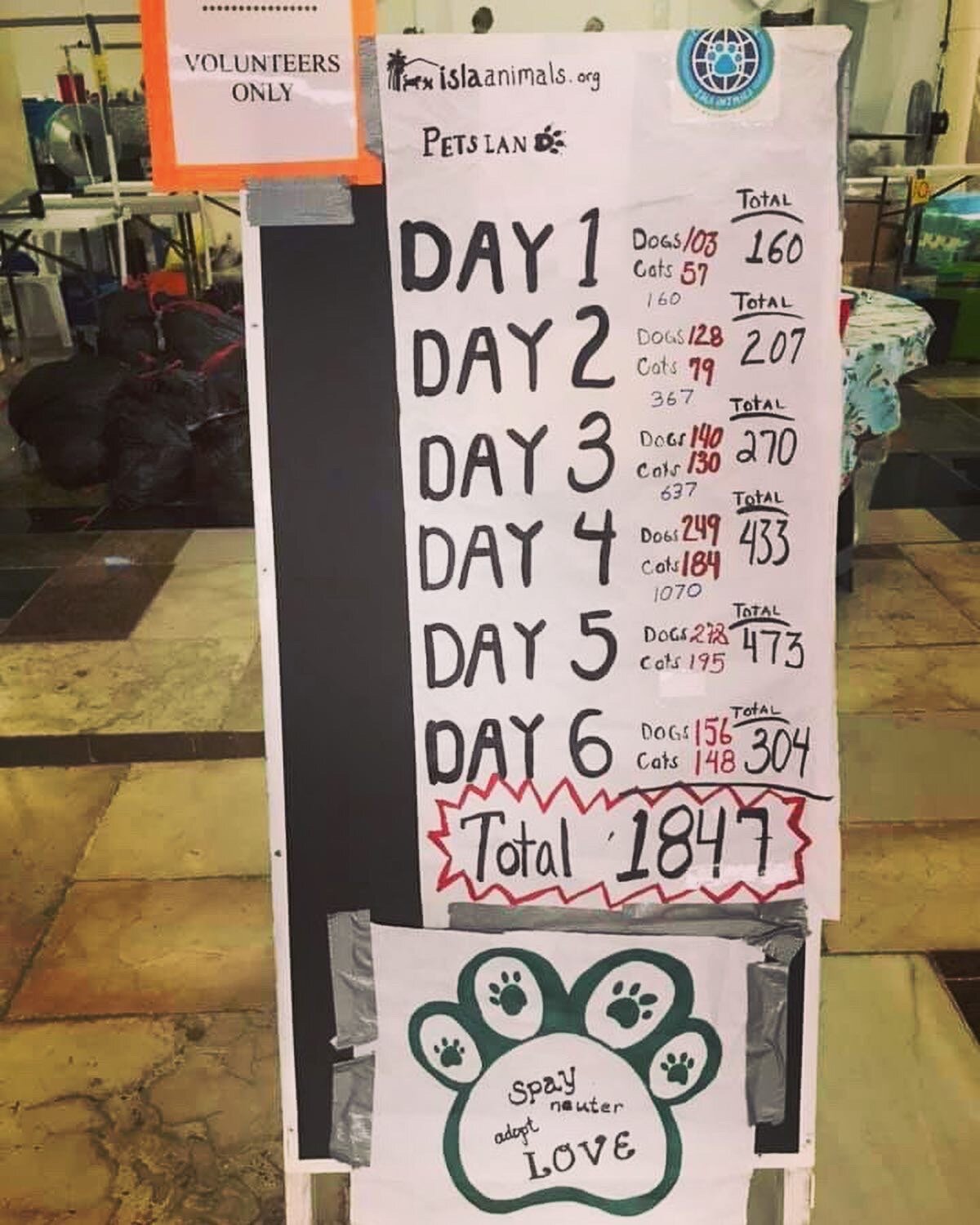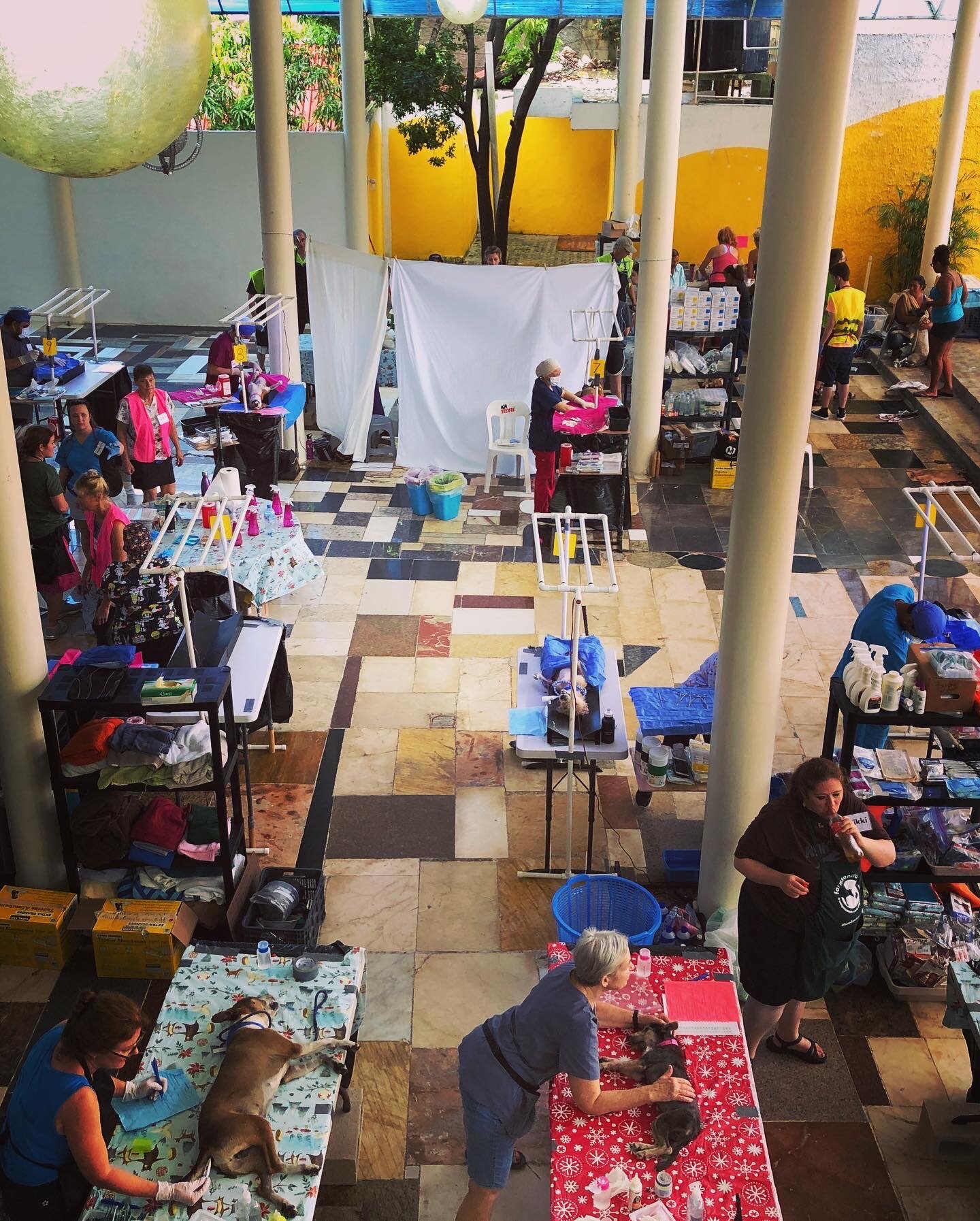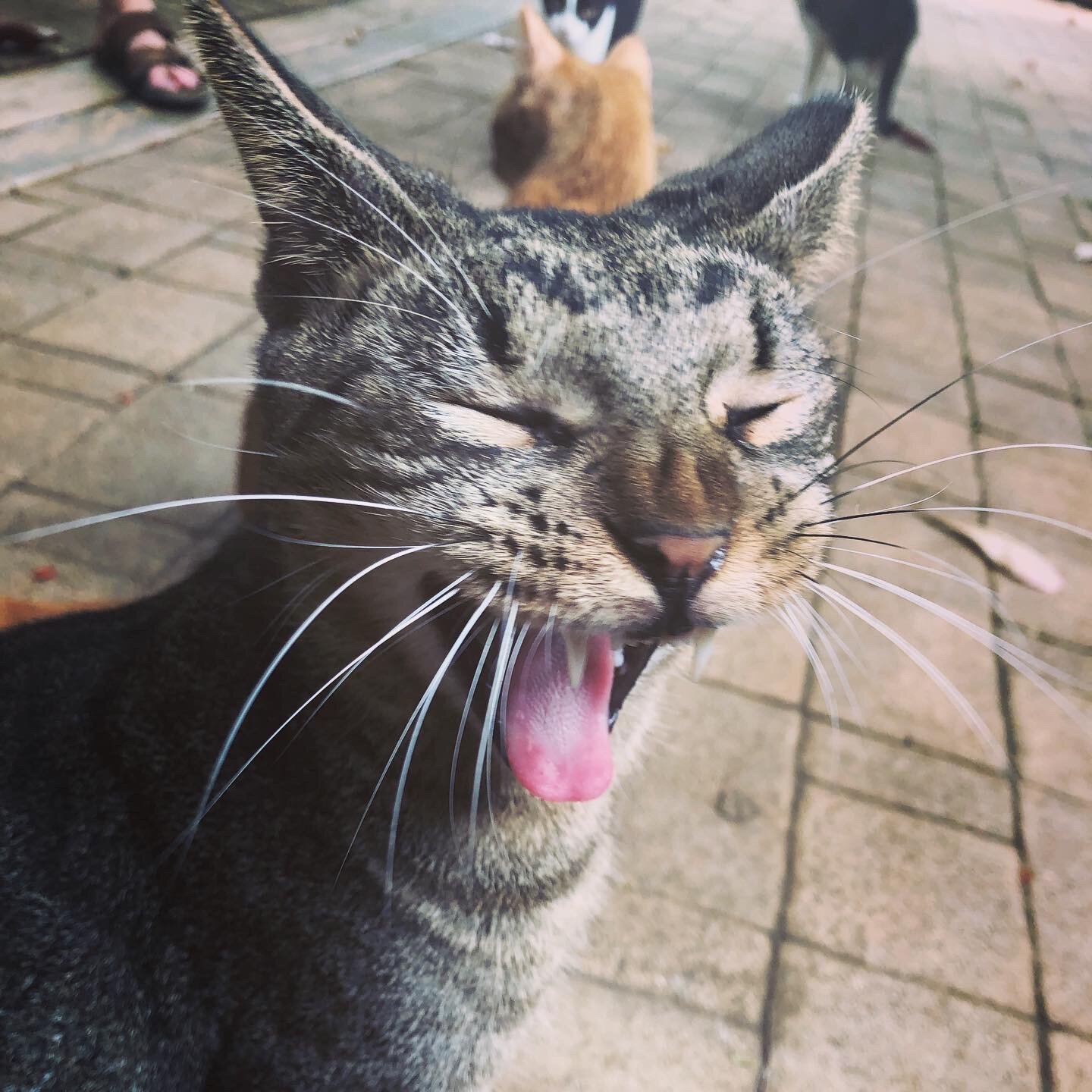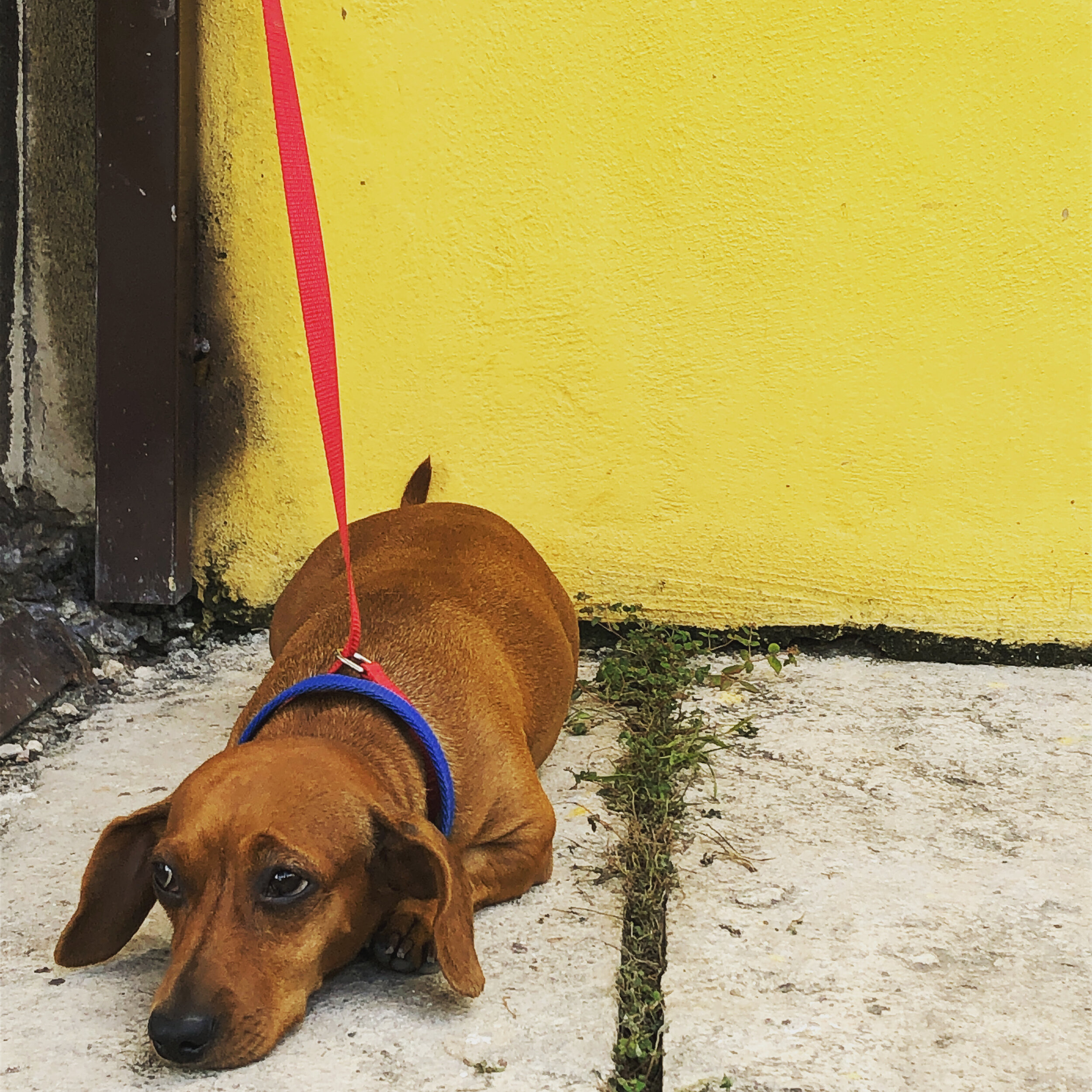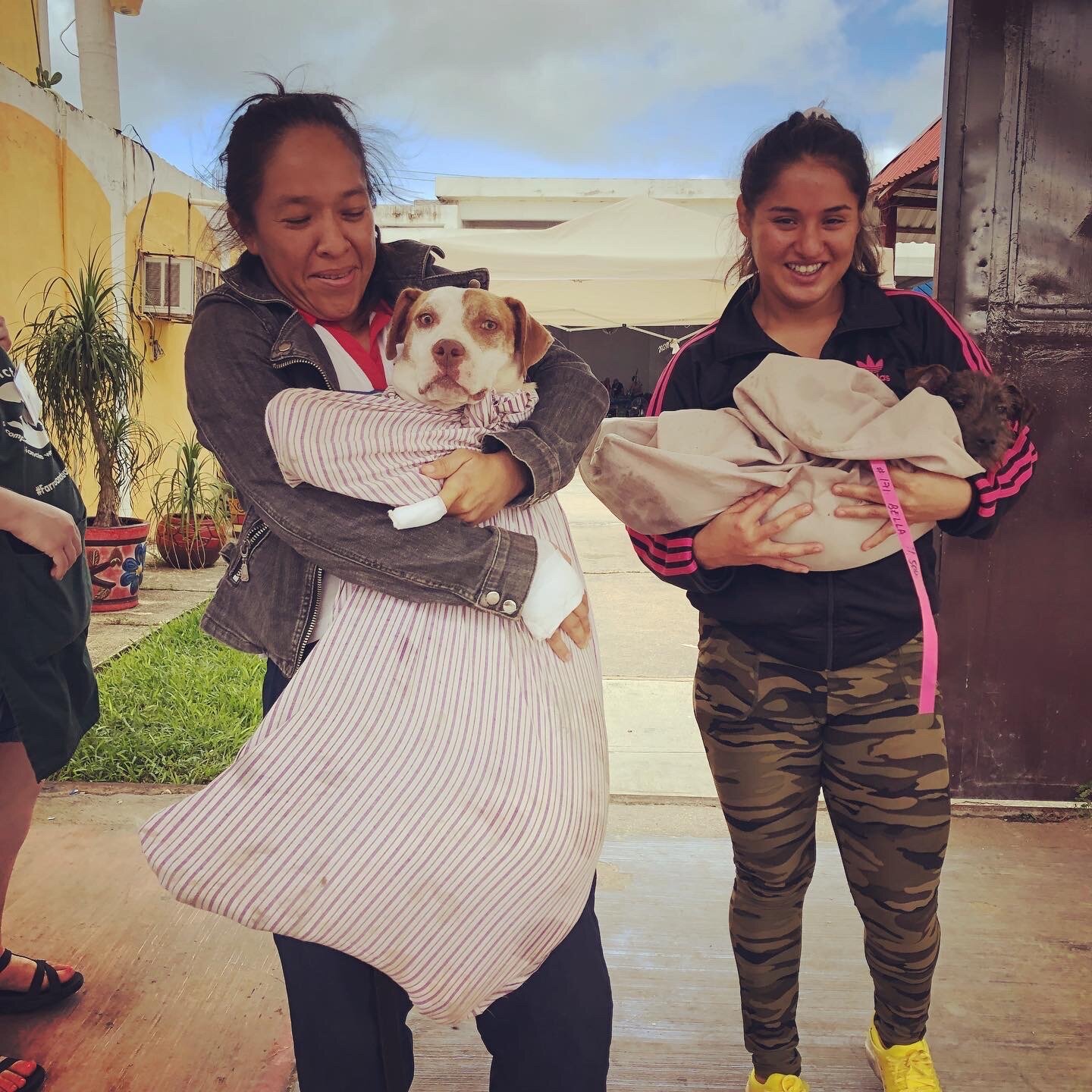Isla Animals: The Art of the “Spaycation”
1847.
Though I am sure something of historical significance occurred in this year, that is not the purpose of the number in this context. 1847 represents the number of spays and neuters we performed at the Isla Animals Spay/Neuter Campaign in November of this year. The event involved about fifteen veterinarians, and countless techs, assistants and general volunteers, all working together over the span of a six-day clinic to accomplish this amazing number. Let’s backtrack to how this all came about.
Three years ago I was lucky enough to be invited to join an elite team of veterinarians and volunteers with the Isla Animals team to perform free spays and neuters for dogs and cats. This particular rescue is based out of Isla Mujeres, Mexico. It is a small island off the coast of Cancun, where the dog overpopulation problem used to overwhelm the residents of the island. Isla Animals has made such an impact on the island with their spay/neuter efforts, that they have expanded their clinic to a neighbourhood on the mainland called Rancho Viejo.
From a veterinarian’s perspective, the idea sounds simple enough. Book a flight to a tropical paradise, perform some standard surgeries, and go back to your place by the beach and relax. Well, yes and no. Though we perform spays and neuters all of the time, there are some challenges that we encounter in this particular setting. Our surgical instruments may not be what we are used to using. The suture material is often different, and so one must adjust their technique. Dogs and cats present in various degrees of health and illness. Some dogs have Ehrlichiosis, a disease that they get from ticks (yes we have this in Manitoba too), which can reduce their ability to clot their blood. Surgery occurs in an open-air surgery area, and so wind, bugs and weather in general can complicate your surgery. The humidity can be tiring, and the headlamp that you must wear for your surgery light can get tight on your head. I liken it to Surgical Boot-camp. It’s not always comfortable, but it’s for a good cause and you improve personally and professionally with every passing day.
The Isla Animals team is extremely organized. They have brought in vets from around the world: Canada, USA, Brazil and of course Mexico. It’s like an international veterinary convention! There is one moment that stands out to me in which I was communicating with one of my fellow veterinarian by means of “surgical charades” as we discussed an unusual surgery that we were tackling together. And that is one of my favourite parts about this event. I get to meet colleagues form around the world, and I learn so many new things every time I am there. It’s a truly humbling experience, to be reminded of the infinite lessons to be learned in my profession.
The other humbling part of this event? The sheer thankfulness expressed by all of the pet owners who come with their dogs and cats to be examined and receive their surgery. When we arrive every morning there is a line formed around the entire compound in which we are set up. It almost feels like you’re arriving on a red carpet at a movie premier, because you are greeted with cheers, smiles and many voices saying, “gracias.” It doesn’t get better than that.
The work can be hard, but what rewarding task doesn’t involve some hard work? The ride home every day is relaxing. A van takes us to the ferry. Then we enjoy a twenty-minute ferry ride and crack a cervesa. Then onto a golf cart to our home away from home, and a quick dip in the ocean before we toast the sunset and head out for dinner. Did I mention that Isla Mujeres is known for it’s many fantastic restaurants?
1847. That’s how many lives we have touched on our trip to paradise. I wonder how many we will do next year?
